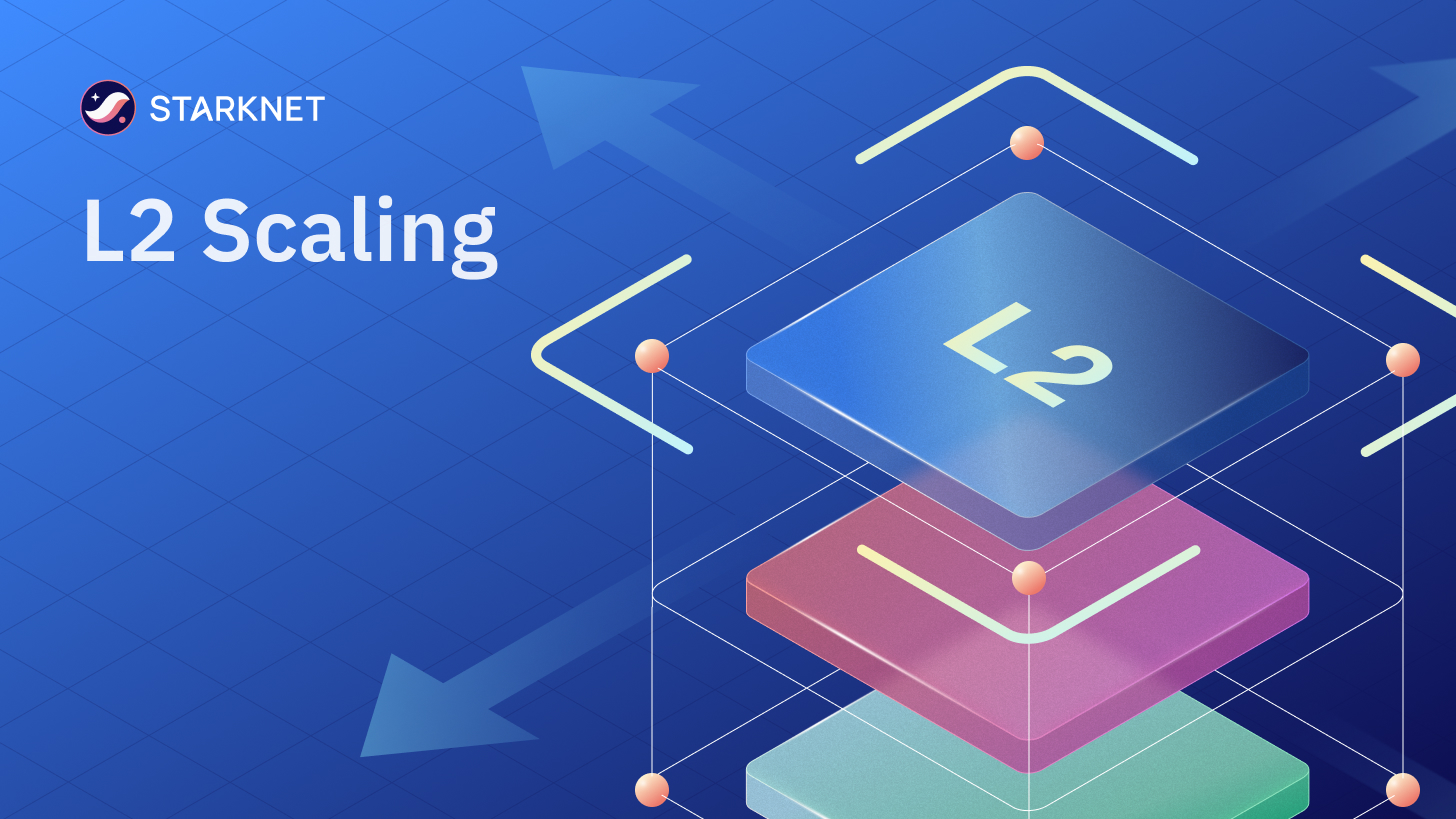The Development and Adoption of Layer 2 Solutions

- Understanding Layer 2 Solutions in Blockchain Technology
- Benefits of Layer 2 Solutions for Scalability and Speed
- Challenges in Implementing Layer 2 Solutions
- Comparison of Popular Layer 2 Solutions: Lightning Network vs. Plasma
- Real-world Applications of Layer 2 Solutions in DeFi and Gaming
- Future Outlook: The Evolution of Layer 2 Solutions in the Blockchain Ecosystem
Understanding Layer 2 Solutions in Blockchain Technology
Layer 2 solutions in blockchain technology refer to protocols or frameworks built on top of existing blockchains to improve scalability and efficiency. These solutions aim to address the limitations of layer 1 blockchains, such as slow transaction speeds and high fees. By moving some of the transaction processing off-chain, layer 2 solutions can significantly increase the throughput of the underlying blockchain network.
One of the most common layer 2 solutions is the Lightning Network, which is designed for Bitcoin and other similar cryptocurrencies. The Lightning Network allows users to create payment channels off-chain, enabling instant transactions with minimal fees. Another popular layer 2 solution is the Raiden Network for Ethereum, which uses state channels to facilitate fast and cheap transactions.
Layer 2 solutions offer several benefits, including increased transaction speeds, lower fees, and improved scalability. By offloading some of the transaction processing to layer 2, blockchains can handle a higher volume of transactions without compromising security or decentralization. Additionally, layer 2 solutions can help reduce congestion on the main blockchain network, leading to a better user experience for participants.
Overall, understanding layer 2 solutions in blockchain technology is crucial for the continued development and adoption of decentralized applications. By leveraging these solutions, developers can create more efficient and scalable blockchain applications that can compete with traditional centralized systems. As the blockchain ecosystem continues to evolve, layer 2 solutions will play an increasingly important role in shaping the future of decentralized finance and other blockchain-based industries.
Benefits of Layer 2 Solutions for Scalability and Speed
Layer 2 solutions offer a range of benefits that address the scalability and speed limitations of blockchain networks. By moving transactions off-chain and processing them in a more efficient manner, Layer 2 solutions can significantly increase the throughput of a blockchain network. This means that more transactions can be processed in a shorter amount of time, leading to improved overall performance.
One of the key advantages of Layer 2 solutions is their ability to reduce congestion on the main blockchain network. By handling a large number of transactions off-chain, Layer 2 solutions help alleviate the burden on the main network, allowing it to operate more smoothly and efficiently. This can result in lower transaction fees and faster confirmation times, making the overall user experience more seamless and cost-effective.
Furthermore, Layer 2 solutions can enable new use cases and applications that were previously not feasible on the main blockchain network due to scalability and speed limitations. This opens up a world of possibilities for developers and businesses looking to leverage blockchain technology for a wide range of applications, from decentralized finance to supply chain management.
Challenges in Implementing Layer 2 Solutions
Implementing Layer 2 solutions can present various challenges for organizations looking to enhance their network capabilities. One of the main obstacles is the complexity involved in setting up and managing these solutions. Organizations may struggle with configuring the necessary hardware and software components, as well as ensuring compatibility with existing infrastructure.
Another challenge is the potential for security vulnerabilities that come with Layer 2 solutions. As data is transferred between devices at this layer, there is a risk of unauthorized access or data breaches. Organizations must implement robust security measures to protect their network from these threats.
Scalability is also a concern when implementing Layer 2 solutions. As organizations grow and add more devices to their network, they need to ensure that their Layer 2 solution can accommodate this growth without sacrificing performance. This requires careful planning and potentially upgrading hardware to support increased traffic.
Furthermore, troubleshooting issues with Layer 2 solutions can be complex and time-consuming. When problems arise, organizations need to have the expertise to identify and resolve them quickly to minimize downtime and maintain network efficiency. This may require specialized knowledge and training for IT staff.
Comparison of Popular Layer 2 Solutions: Lightning Network vs. Plasma
When comparing two popular Layer 2 solutions, the Lightning Network and Plasma, it is important to consider their unique characteristics and functionalities. The Lightning Network is a decentralized network that enables instant transactions at a lower cost by creating payment channels between users. On the other hand, Plasma is a framework for creating scalable and secure decentralized applications on the Ethereum blockchain.
One key difference between the Lightning Network and Plasma is their underlying architecture. The Lightning Network operates off-chain, meaning that transactions are not recorded on the main blockchain until the payment channel is closed. This allows for faster and more cost-effective transactions. In contrast, Plasma is an on-chain solution that relies on smart contracts to create child chains, which can process transactions in parallel with the main Ethereum blockchain.
Another important distinction between the two solutions is their level of security. The Lightning Network relies on a network of nodes to validate transactions, which can introduce some level of centralization. Plasma, on the other hand, leverages the security of the Ethereum blockchain, making it more resistant to attacks and fraud.
In terms of scalability, both the Lightning Network and Plasma offer significant improvements over traditional blockchain solutions. The Lightning Network can potentially process millions of transactions per second through its network of payment channels. Plasma, on the other hand, can support a wide range of decentralized applications, making it a versatile solution for scaling Ethereum.
Overall, both the Lightning Network and Plasma have their own strengths and weaknesses, making them suitable for different use cases. While the Lightning Network excels in fast and low-cost transactions, Plasma offers a more secure and scalable solution for decentralized applications. By understanding the differences between these two Layer 2 solutions, developers and users can choose the one that best fits their needs.
Real-world Applications of Layer 2 Solutions in DeFi and Gaming
Layer 2 solutions have gained significant traction in the decentralized finance (DeFi) and gaming sectors due to their ability to address scalability issues and reduce transaction costs. These solutions offer a way to process a high volume of transactions off-chain, alleviating congestion on the main blockchain network.
In the realm of DeFi, Layer 2 solutions enable users to engage in activities such as trading, lending, and yield farming more efficiently. By moving transactions off the main chain, users can enjoy faster confirmation times and lower fees, making DeFi more accessible to a wider audience. Additionally, Layer 2 solutions can enhance the overall user experience by providing a seamless and interactive interface for interacting with DeFi protocols.
In the gaming industry, Layer 2 solutions are revolutionizing the way players interact with blockchain-based games. These solutions allow for real-time gameplay, in-game asset transfers, and decentralized tournaments without the limitations of high gas fees and slow transaction speeds. As a result, gamers can experience a more immersive and seamless gaming experience while retaining ownership of their in-game assets.
Overall, the real-world applications of Layer 2 solutions in DeFi and gaming are transforming the landscape of these industries by offering scalability, efficiency, and improved user experiences. As adoption continues to grow, we can expect to see even more innovative use cases emerge, further solidifying the role of Layer 2 solutions in the future of decentralized applications.
Future Outlook: The Evolution of Layer 2 Solutions in the Blockchain Ecosystem
The future outlook for Layer 2 solutions in the blockchain ecosystem is promising as developers continue to innovate and improve scalability, security, and efficiency. These solutions are essential for addressing the current limitations of blockchain technology, such as slow transaction speeds and high fees.
One of the key trends in the evolution of Layer 2 solutions is the development of interoperability protocols that allow different blockchains to communicate and share data seamlessly. This will enable greater flexibility and efficiency in the use of blockchain technology across various applications and industries.
Another important development is the integration of Layer 2 solutions with decentralized finance (DeFi) platforms, which are experiencing rapid growth and adoption. By leveraging Layer 2 scalability solutions, DeFi platforms can offer users faster transaction speeds and lower fees, making them more accessible to a wider audience.
Furthermore, the emergence of innovative Layer 2 solutions, such as state channels and sidechains, is expanding the possibilities for blockchain applications beyond simple transactions. These solutions enable complex smart contracts, decentralized applications (dApps), and non-fungible tokens (NFTs) to be executed more efficiently and cost-effectively.
Overall, the evolution of Layer 2 solutions in the blockchain ecosystem is driving the mainstream adoption of blockchain technology by addressing its scalability and usability challenges. As developers continue to push the boundaries of what is possible with Layer 2 solutions, we can expect to see even more exciting developments in the near future.



